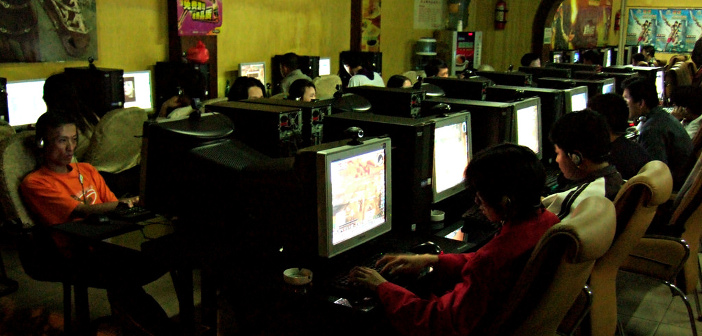The World Health Organization has recently recognized video game addiction as a mental health disorder, listing it in the International Classification of Diseases. This has once again reignited the vexed debate about how much time children spend in front of screens.
In my family, this is a debate which is rehearsed weekly, if not daily. My wife hates video games and has often threatened to throw our game console out of the window. The only thing that’s stopped her is that the console doesn’t belong to the kids; it’s mine.
I have played video games my whole life, being old enough to have owned one of the very first Pong games as a child. We loved it, but I think it’s safe to say there was no risk of getting addicted to knocking a square ball around a TV screen with a sliding paddle.
Space Invaders and Pacman were too expensive for a child of my background, although a friend of mine developed a genuinely problematic addiction to fruit machines, which culminated in him being caught stealing to feed his habit. However, the advent of personal computers was a turning point; like many others, I persuaded my parents to get us one on the basis that it would be “educational”, then spent hours playing Manic Miner and Jet Set Willy.
In fact though, those early computers really were educational. They were so primitive that you needed some basic understanding of coding just to use them. I used to write my own games, and ironically if I’d spent more time indoors in front of a screen it could have led to a lucrative career. Instead, I joined a band and spent my summers in garages and dank rehearsal rooms.
I continued to play games, however, and have watched the form evolve over the decades. Video games seem to me to be in a similar place to cinema a hundred years ago: still developing, often at the center of moral panics, but well on the way to becoming the dominant narrative art form of the century.
To non-gamers, that may seem a ludicrous claim but if you think games are just about blowing up aliens, then you really should check out some recent releases. Big “AAA” productions have more scope and ambition that Hollywood blockbusters, and often better storytelling. Meanwhile, the independent scene often features quieter games focused on relationships rather than action, exploring emotional and moral conundrums. (Full disclosure: blowing up aliens remains a popular theme too.)
So I refuse to let my PlayStation be thrown out of the window and I don’t want to deprive my kids of something which has given me so much pleasure over the years. Besides, the ability to play and discuss games is important socially for their generation.
There is nothing innately addictive about video gaming. It gives pleasure, which releases dopamine in the brain. It’s the constant attempt to regain that dopamine high, with constantly diminishing returns, which leads to addictive behavior, whether the chosen addiction is gaming, gambling, or social media.
Of course, games are designed to encourage “just one more go”. The best provide enough challenge to keep you engaged without being so hard that you’re deterred. And kids find it hard to know when to stop. Screens and sugar, I always say, are the two things which children can’t be trusted to regulate themselves.
So the answer, like most things in family life, is compromise and variety. Game playing is allowed at agreed times during the week, and it’s a privilege which can be (and often is) withdrawn as a sanction for misbehavior. Outside that time no gaming is allowed, even sneaky minigames on a smartphone.
I refuse to believe that children sink into addiction when their parents are properly engaged with their lives, taking an interest in them and sharing interests with them. My kids play video games, but they also ride bikes, play sports and music, go to museums and art galleries, and hang out with their friends.
Blaming addiction on the addictive activity, when it’s one that many enjoy without harm, is a cop-out. It lets addicts disclaim responsibility for their own behavior, and parents off the hook for their responsibility to their children.
Photo: Filipe Fortes via Flickr




